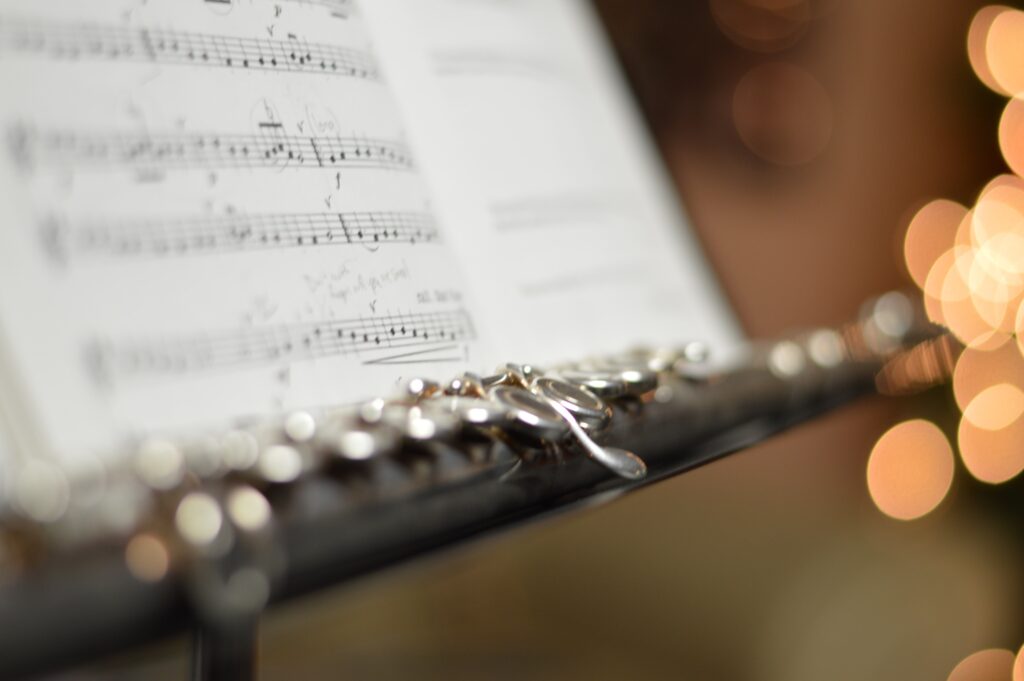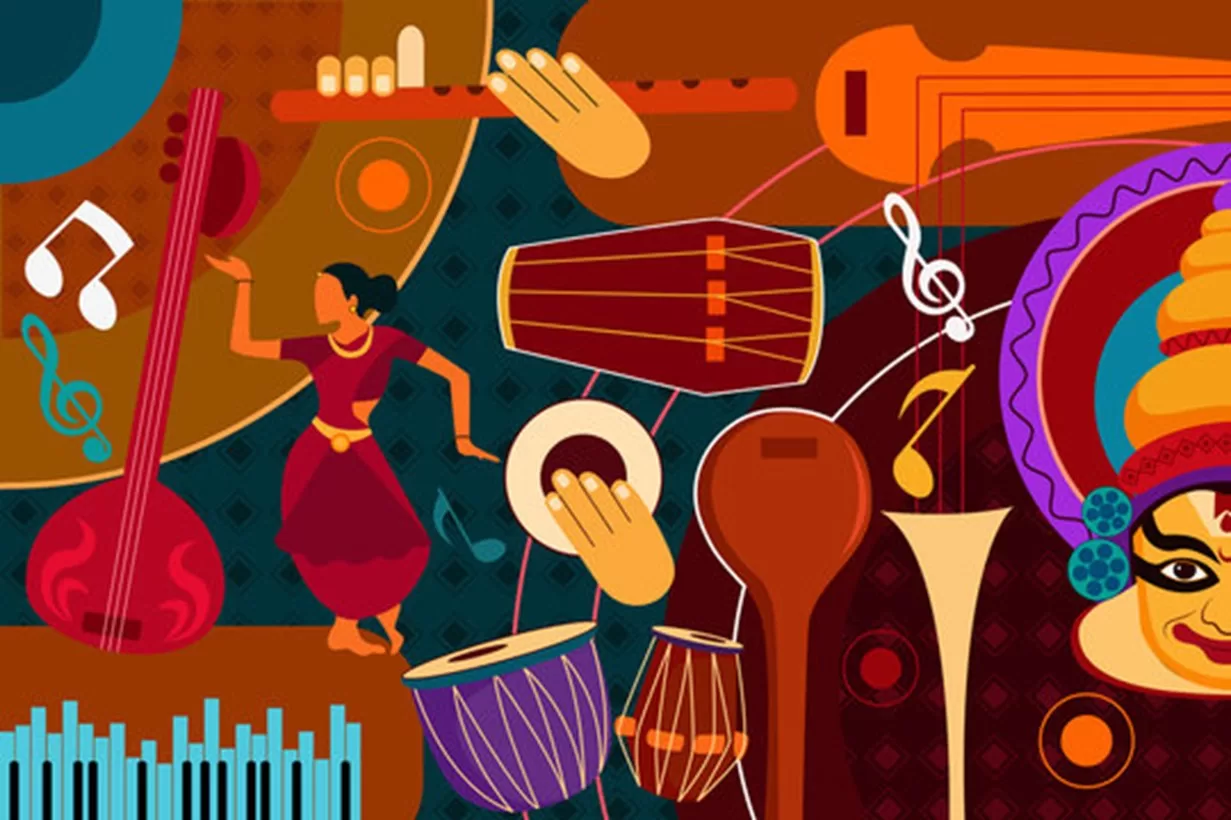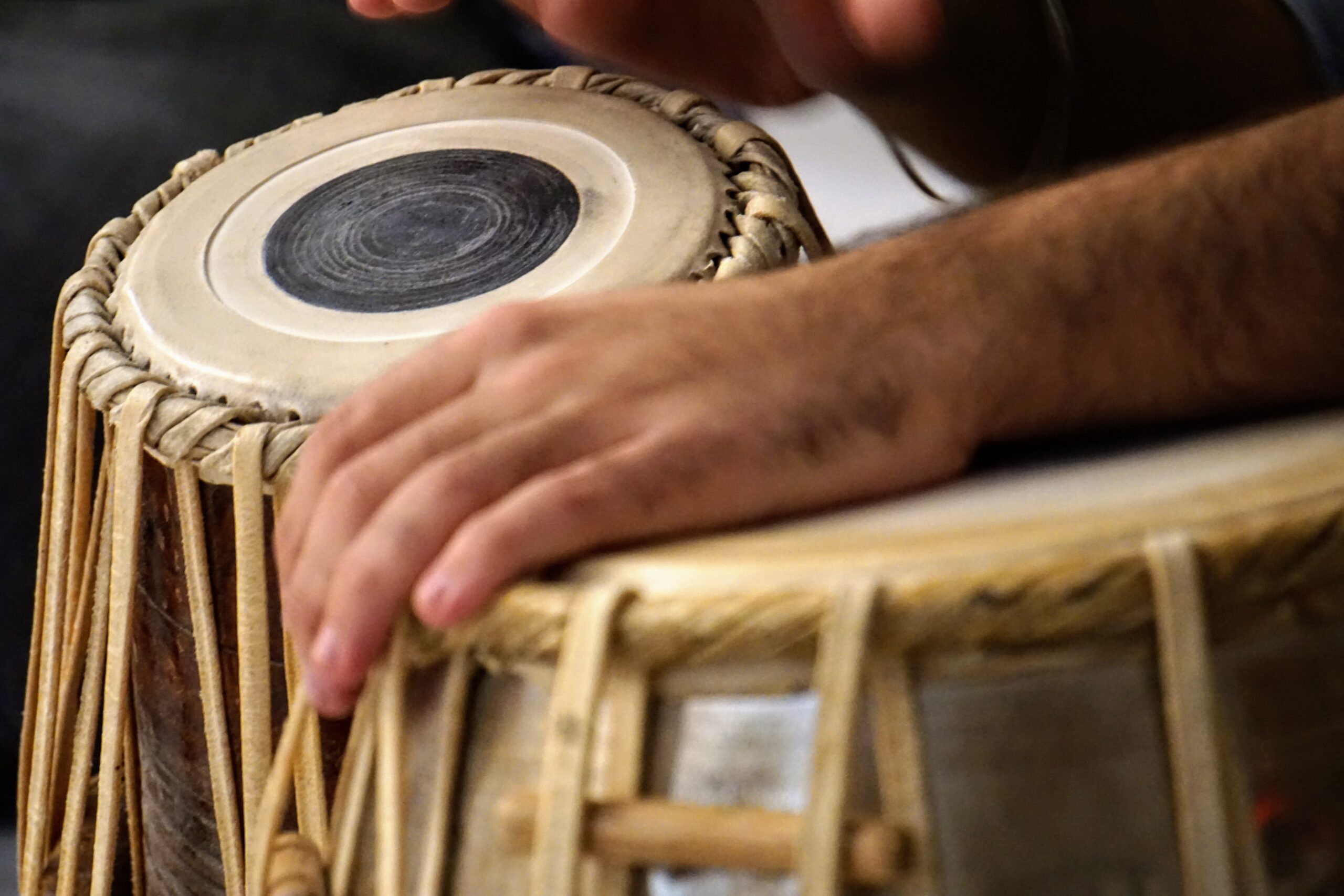Introduction
Welcome to a captivating journey into the enchanting world of talas and rhythm patterns. Music, across various cultures and traditions, holds within it a rhythmic tapestry that weaves together melodies and emotions. Talas, a fundamental aspect of Indian classical music, offers a rich and intricate framework for rhythm. In this blog, we will delve deep into the nuances of talas, unraveling their mysteries, and exploring the captivating world of rhythm patterns.
Understanding Talas
Talas serve as the rhythmic foundation in Indian classical music, guiding the musicians and adding depth and complexity to their performances. They are structured rhythmic cycles that consist of a specific number of beats grouped into various subdivisions. Each tala has a unique arrangement of beats and accent patterns, providing a distinct rhythmic framework.
Exploring Rhythm Patterns

Rhythm patterns are the building blocks of talas. They define the arrangement and sequence of beats within the tala cycle. The interplay of various rhythm patterns within a tala gives rise to intricate rhythmic phrases, creating a mesmerizing tapestry of music. We will explore different rhythm patterns, their compositions, and their significance in creating musical dynamics.
Tala Mathematics
Talas are not mere abstract patterns but are deeply rooted in mathematical principles. Each tala has a specific number of beats, which are divided into smaller rhythmic units called matras. The mathematical relationships between the beats and matras in a tala are essential for maintaining the overall structure and coherence of the rhythm.
Rhythmic Accents and Bols
Accents play a crucial role in talas, adding emphasis and flavor to the rhythmic compositions. Talas often feature bols, which are syllables or mnemonics representing specific sounds produced on musical instruments. We will explore how accents and bols contribute to the rhythmic beauty and improvisation within talas.
The Art of Tala Mastery
Mastering talas requires dedication, practice, and an understanding of the intricate rhythmic patterns. We will discuss techniques and exercises that can help in developing a solid foundation in talas, including hand movements, finger counting, and rhythmic exercises to enhance your sense of timing and precision.
Tala and Musical Collaboration

Talas serve as a common rhythmic language that enables musicians to collaborate and improvise together. We will explore how talas facilitate musical conversations, allowing musicians to synchronize their performances and create harmonious musical experiences.
Conclusion
As we conclude our exploration of talas and rhythm patterns, we hope this blog has provided you with a deeper understanding of the complexities and beauty of rhythmic structures. Talas offers a fascinating glimpse into the mathematical precision and artistic expression present in the music. By embracing the intricacies of talas, we can unlock new dimensions of musical creativity and appreciation. So, let us embark on this rhythmic journey, unraveling the mysteries and embracing the wonders of talas and rhythm patterns.











3 thoughts on “Unraveling the Mysteries: Exploring Talas and Rhythm Patterns”